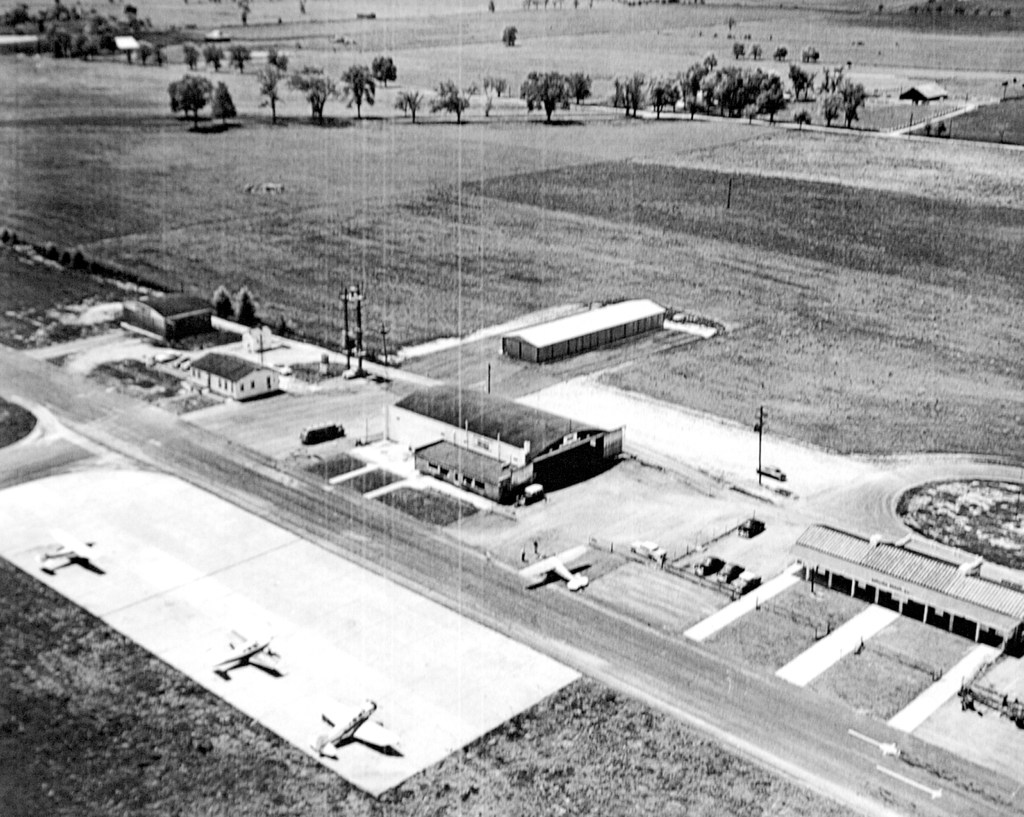BG had air service in past; officials try to bring it back
Published 11:25 am Friday, September 14, 2012

- (Photo Courtesy of Special Collections-WKU)
Government and business officials here continue to try to recruit commercial air service for the Bowling Green-Warren County Regional Airport.
And it wouldn’t be the first time for flight service to be provided in the community.
Trending
Eastern Airlines offered daily commuter service here from 1958 until Sept. 10, 1972. That first year it had a little more than 9,000 passengers, according to Rob Barnett, manager of the Bowling Green-Warren County Regional Airport.
Eastern tried a few years earlier to stop service, but the Civil Aeronautics Board declined to allow the airline to leave, Barnett said. A 1969 application to stop service was finally approved in 1972 after the airline cited that the runway was not adequate to handle jets new to the market. The last flight for Eastern was actually contracted with Wright Airlines.
The airport appealed that decision to the 6th U.S. Circuit Court of Appeals, but it was unanimously upheld, according to a Daily News article at the time.
Barnett said the airport today is more than adequate to handle commercial service.
“In all of the discussions that we’ve had with carriers, not one of them has cited any deficiencies with our airport,” he said. “It can easily handle 737s, 747s, DC-9 and MD-80s. A 737 is what Southwest (Airlines) flies. We could handle just about any size plane right now.”
The airport started in 1934 when a group of citizens secured enough notes to purchase 286 acres from three farms. The citizens included H.S. Carmichael, L.K. Causey, Duncan Milliken Jr., A. Scott Hines, Charles R. Bell, John A. Logan, J.P. Masters, William H. Natcher, Ennis Harris and T.D. Caywood, according to Barnett.
Trending
“It started primarily for general aviation, and there was some student and pilot instruction on the field,” Barnett said. “They chose a large, flat field for landing in any direction. Fields were graded, seeded, mowed and maintained as grass strips.”
The field was unofficially named for L.K. Causey.
It was 1943 before the runways got paved. They were intersecting as they are now. Both were 150 feet wide and 3,900 feet long. The runways are the same width today, but one is 6,500 feet long and the other is 4,000 feet. The pavement depth has also been increased to handle heavier cargo planes.
Bowling Green is looking at bringing back a regular daily service that would fly into a large hub such as Chicago.
“Discussions are still ongoing with airlines,” Barnett said. “But it is a volatile industry, and Bowling Green is still considered an unproven market because it’s been so long since commercial service was here.”
Barnett said he has meetings scheduled in October with several airline companies.
“It will happen, it’s just a matter of funding and finding the right airline that fits the community’s needs,” he said.
Currently the airport is home to 75 general aviation planes, six of which are corporate or industry planes.
“We have everything from ultralights to hot air balloons to corporate jets,” he said.



